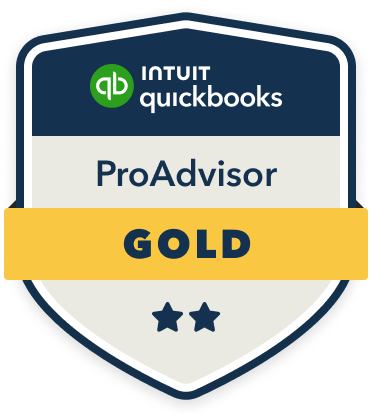I recommend establishing dedicated cost centers for your D&I initiatives, with specific general ledger codes to track expenses across recruitment, training, and program implementation. You’ll need to categorize costs into five main classifications: talent acquisition, professional development, workplace programs, external outreach, and administrative overhead. Implement rigorous documentation protocols that align with compliance requirements, and use accounting software to generate detailed ROI reports. A structured approach will reveal the full scope of effective D&I financial management.
Setting Up Dedicated Cost Centers for D&I Programs

Three key principles guide the setup of dedicated cost centers for diversity and inclusion programs: granularity, accountability, and measurability. I recommend establishing distinct cost centers for recruitment initiatives, training programs, employee resource groups, and external partnerships. This segmentation enables precise tracking of D&I investments.
Each cost center should have clear ownership, with designated budget authorities and performance metrics. I advise implementing specific general ledger codes to capture both direct costs and allocated overhead. You’ll need to configure your accounting software to generate detailed reports that track ROI across these initiatives, ensuring strategic alignment with your organization’s D&I objectives.
Tracking and Categorizing Different Types of D&I Expenses
While diversity and inclusion expenses span multiple categories, I recommend organizing them into five primary classifications: talent acquisition, professional development, workplace programs, external outreach, and administrative overhead.
To maximize your expense tracking effectiveness, guarantee each cost aligns with strategic objectives and compliance requirements. I’ve developed this system to give you granular control over D&I investments.
- Track recruitment costs separately from general HR expenses to measure ROI on diverse talent acquisition
- Code training expenses by department to identify engagement patterns
- Monitor program costs against KPIs to demonstrate value to stakeholders
This framework enables data-driven decisions and positions you for ideal resource allocation.
Measuring ROI and Impact of Diversity Investments

Measuring the return on investment for diversity and inclusion initiatives boils down to evaluating both quantitative and qualitative metrics against your initial capital outlays. I’ll help you track three core metrics: retention rates across demographic groups, promotion velocity differentials, and engagement scores segmented by diversity categories.
To calculate true ROI, I recommend establishing baseline costs for recruitment, training, and program implementation. Then, measure against reduced turnover expenses, increased productivity indicators, and expanded market penetration rates. Convert these impacts into dollar values by analyzing revenue growth in diverse markets and decreased compliance-related expenses.
Compliance and Documentation Requirements for D&I Spending
To maintain compliance with diversity and inclusion spending, organizations must implement rigorous documentation protocols that align with federal, state, and industry-specific requirements. I’ve found that meticulous record-keeping of D&I expenditures is essential for audit readiness and regulatory scrutiny.
- Track every D&I initiative’s cost against specific compliance codes to demonstrate strategic alignment with EEO guidelines
- Maintain digital archives of all training certifications, workshop materials, and consultant contracts for immediate retrieval
- Document quantifiable outcomes of D&I investments to validate tax deductions and satisfy stakeholder reporting mandates
This systematic approach guarantees your organization’s D&I spending withstands regulatory examination while maximizing compliance efficiency.
Budgeting Strategies for Long-Term D&I Initiatives

Successful long-term D&I initiatives require strategic budget allocation that extends beyond annual fiscal planning cycles. I recommend implementing a multi-year budgeting framework that secures both immediate and future D&I investments.
| Timeline | Investment Type | ROI Metrics |
|---|---|---|
| Year 1-2 | Infrastructure | Culture KPIs |
| Year 3-4 | Development | Retention |
| Year 5+ | Innovation | Market Share |
To maximize impact, I’ve found that allocating 15-20% of your D&I budget to data analytics enables precise tracking of program effectiveness. Structure your budget around three core pillars: recruitment initiatives, educational programs, and community engagement. This approach guarantees sustainable funding while demonstrating measurable business value to stakeholders.









